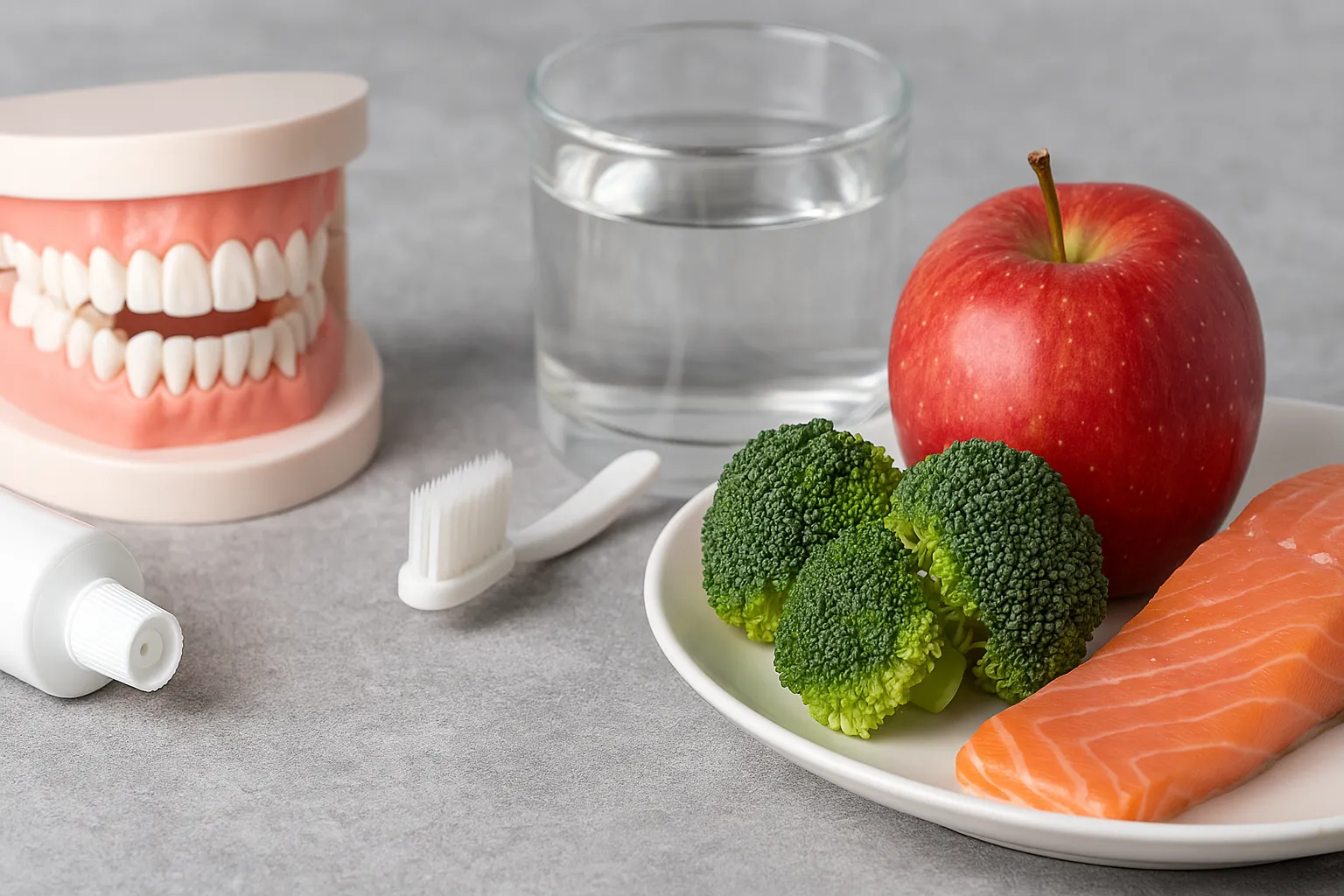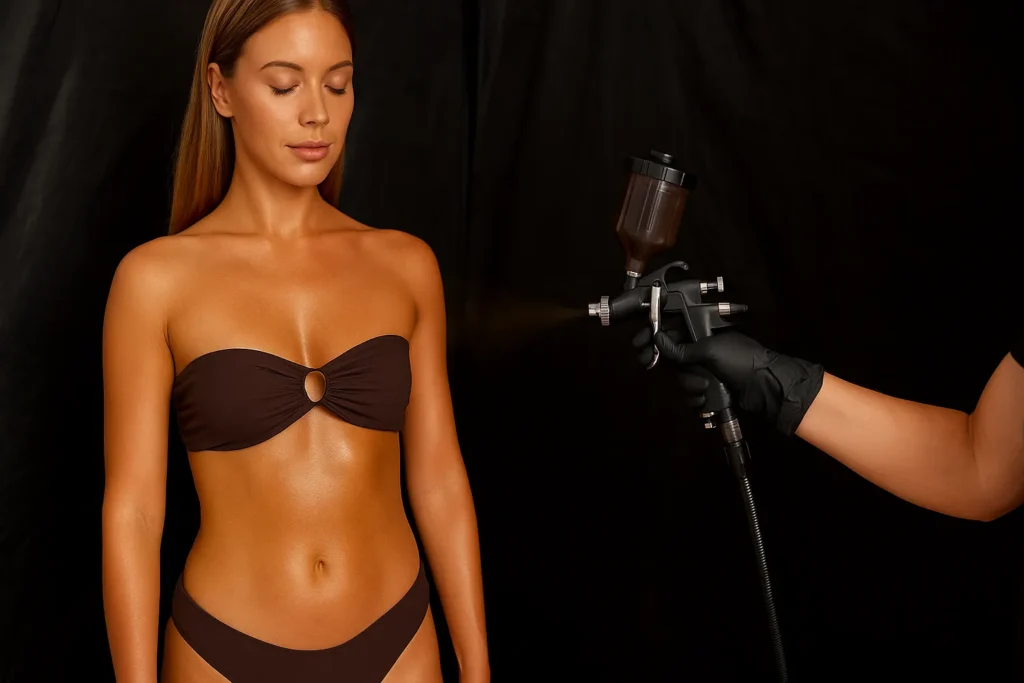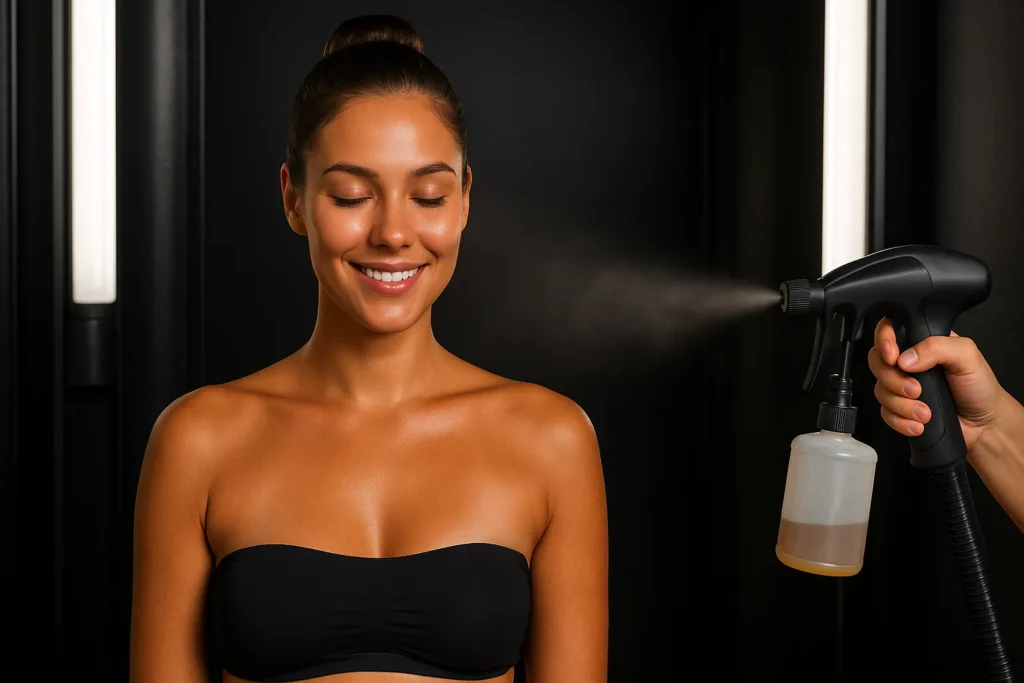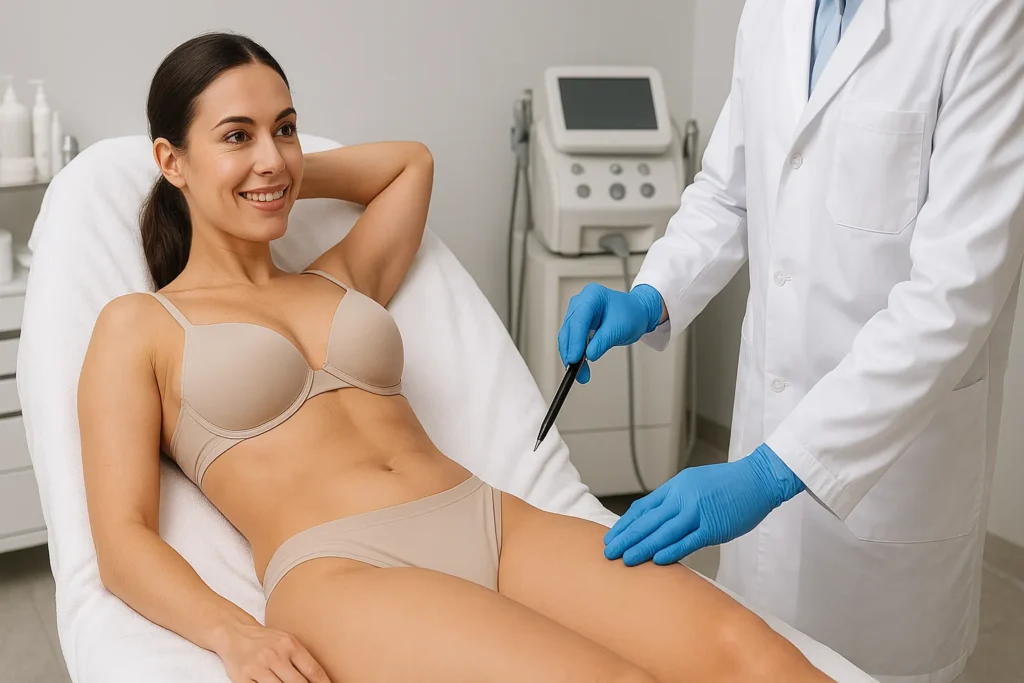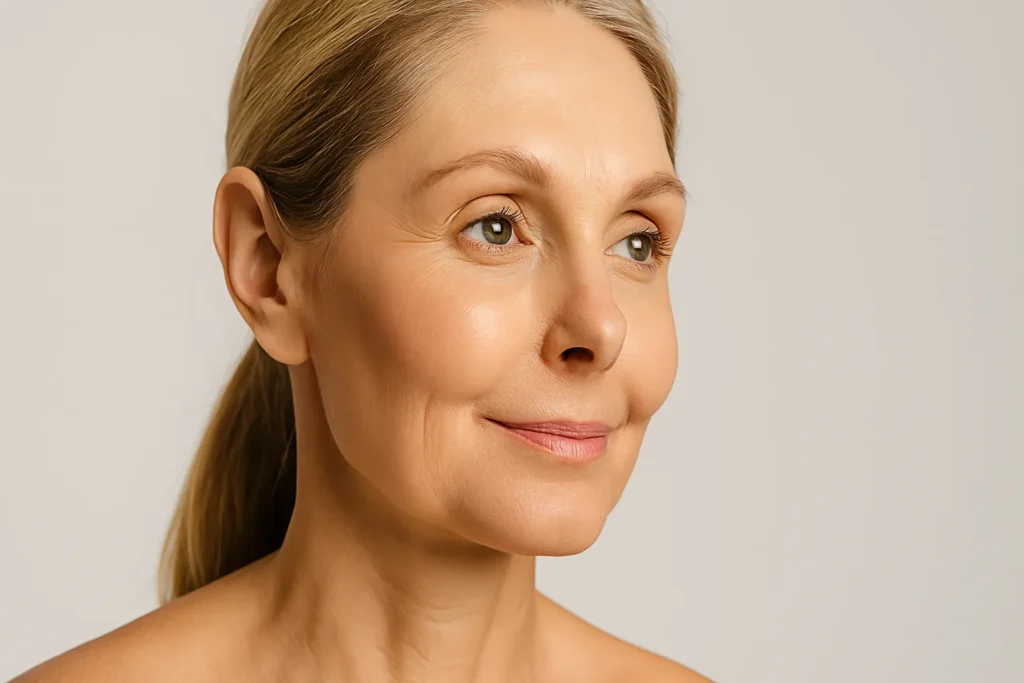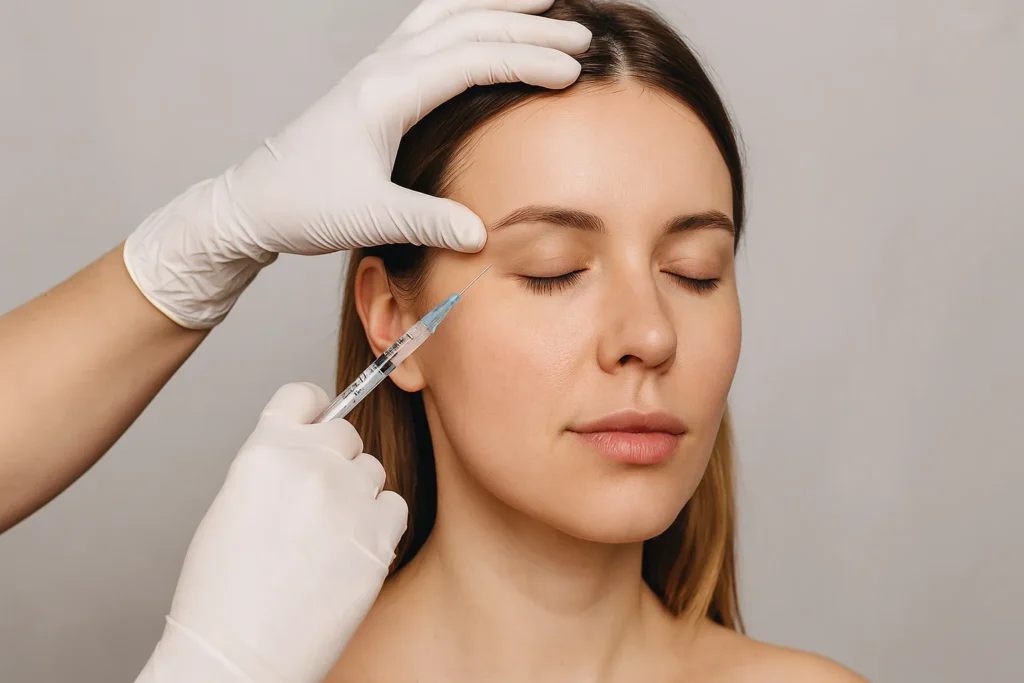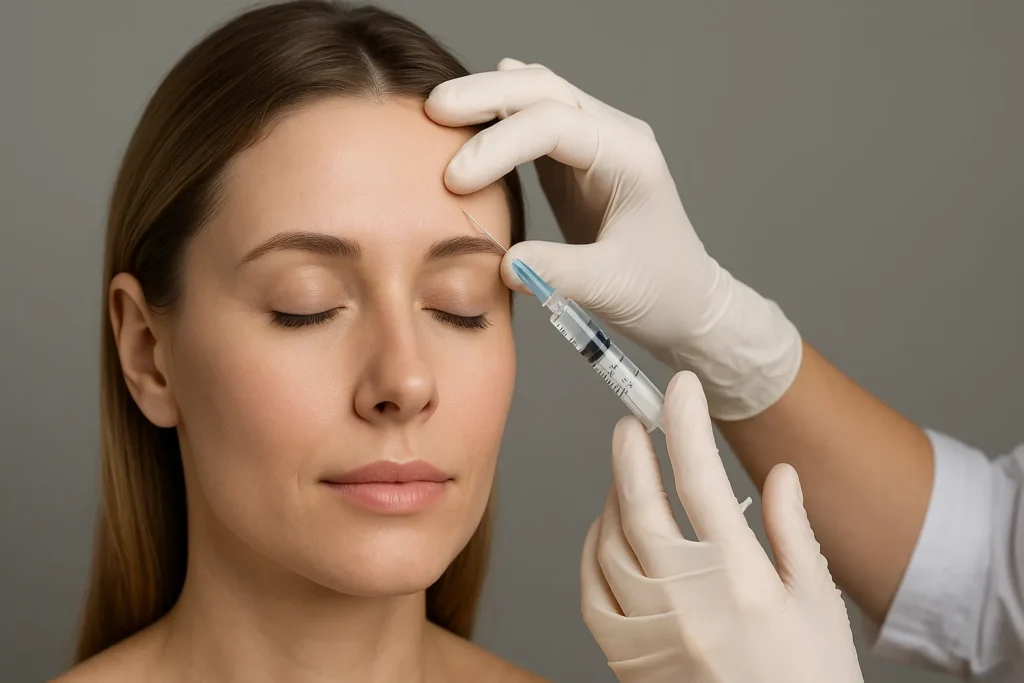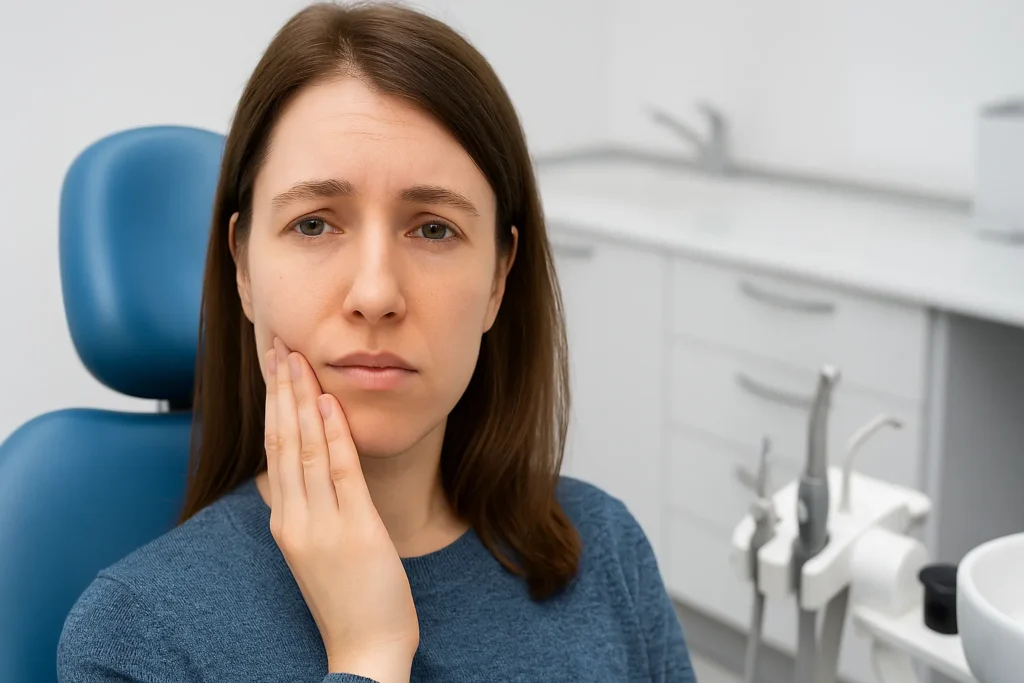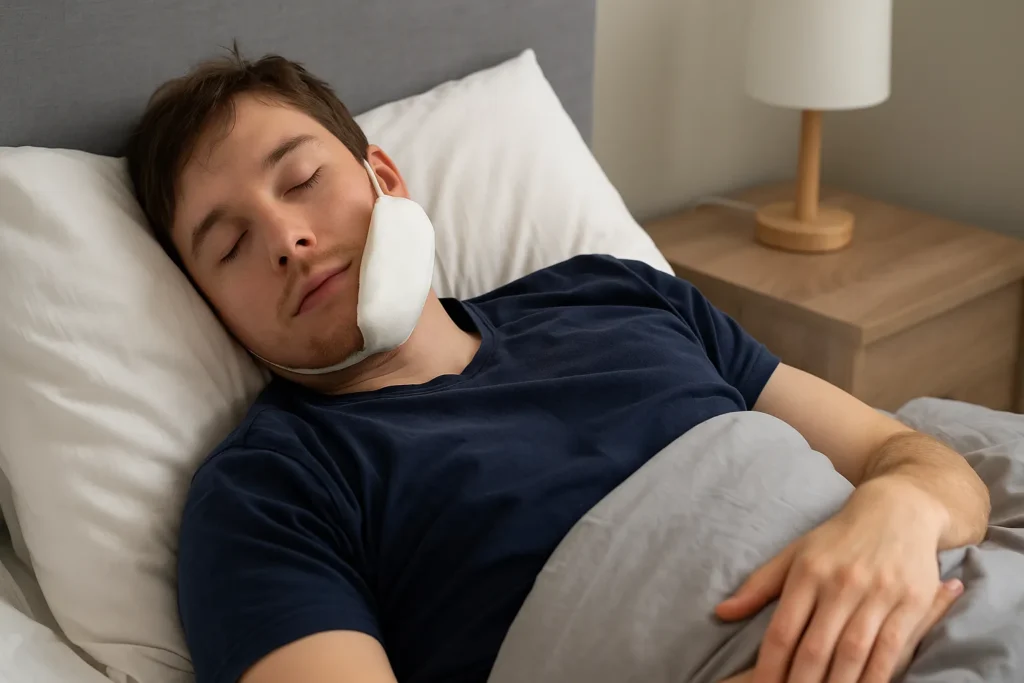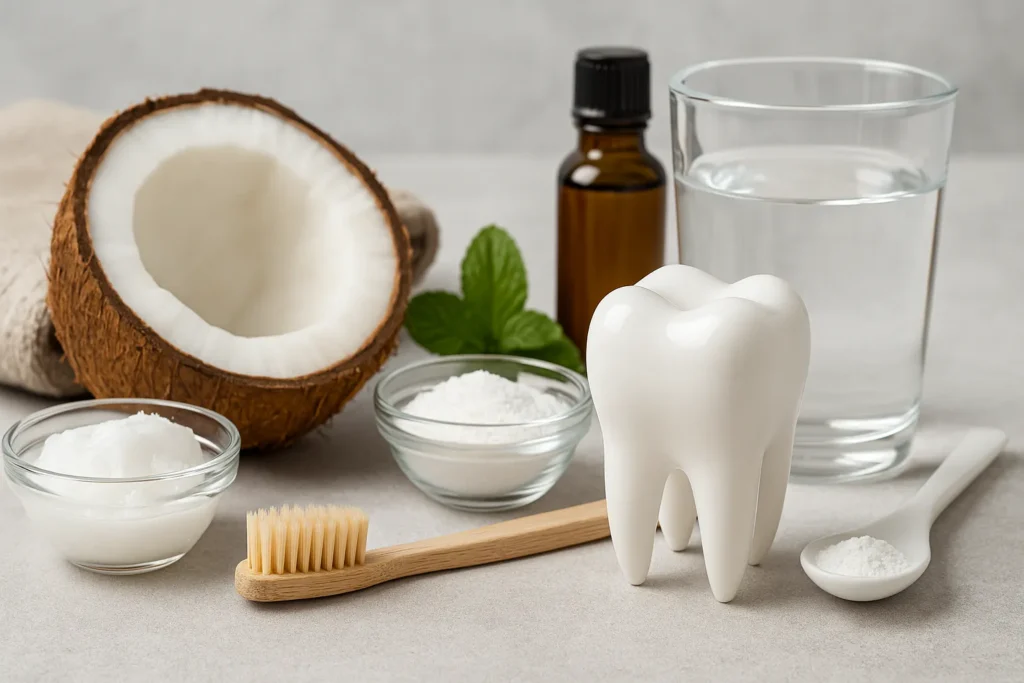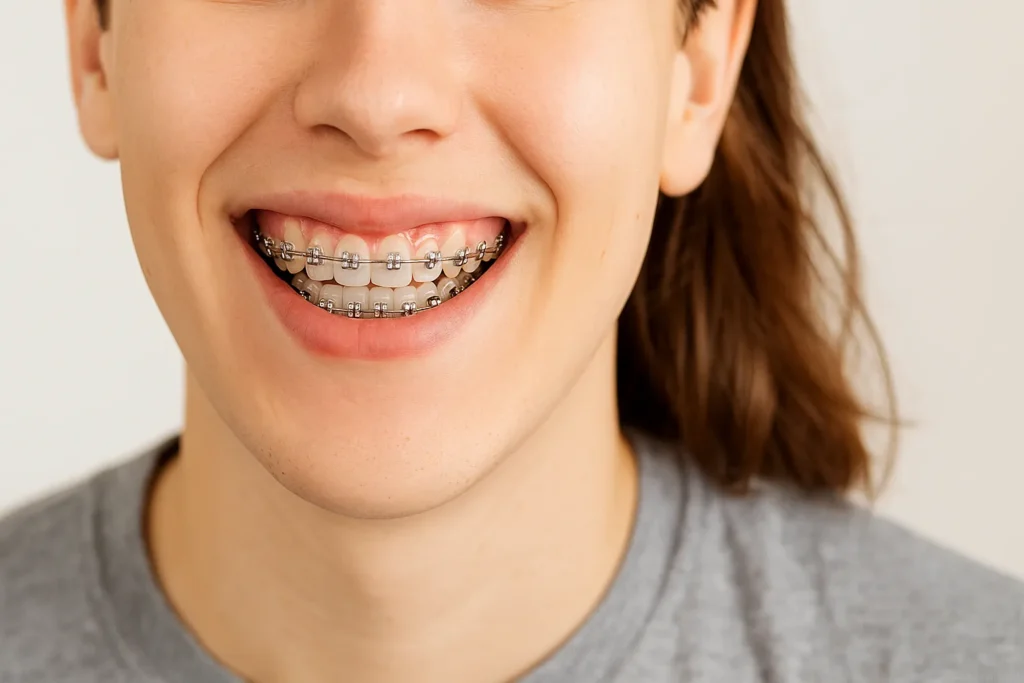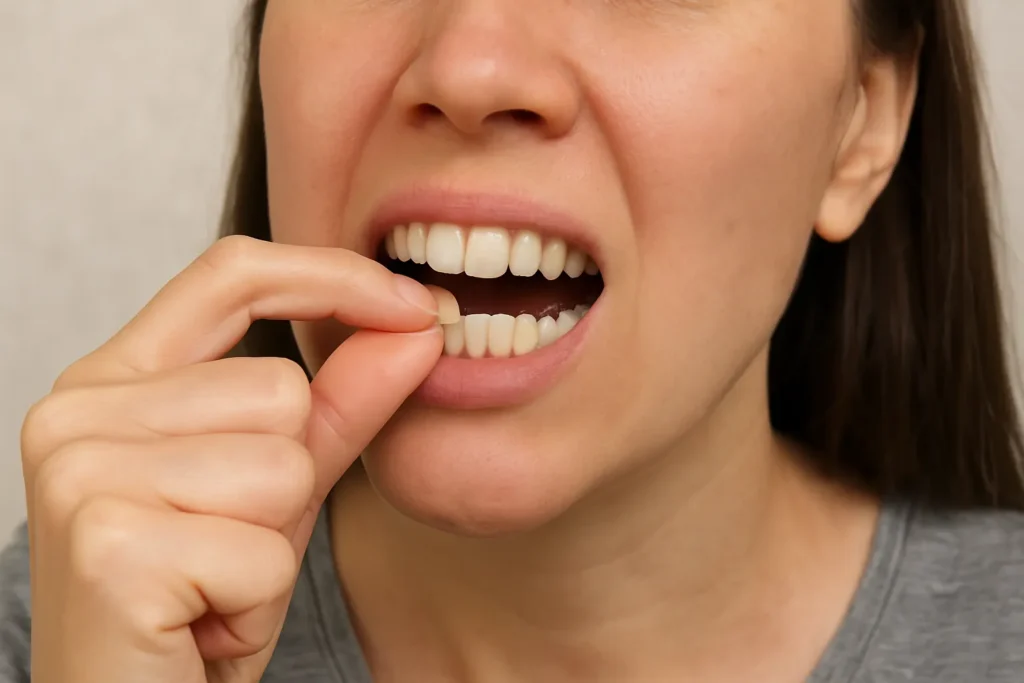Fluoride treatment is a regular part of dental care that helps strengthen your teeth and prevent cavities. But if you’ve recently had a fluoride treatment, you’re probably wondering, how long after fluoride can I eat? That’s a smart question, and the answer can make a big difference in how effective the treatment is. In this guide, we’ll break it down in simple terms so that everyone, kids, adults, or seniors, knows exactly what to do after a fluoride session. We’ll also cover what you can eat, what to avoid, and why waiting matters.
What is a Fluoride Treatment and Why Is It Done?
Let’s first understand what fluoride treatment actually means. Fluoride is a natural mineral found in water, soil, and certain foods. In dentistry, fluoride treatments are professionally applied by your dentist in the form of gel, foam, or varnish. The goal is to remineralize enamel, reverse early signs of tooth decay, and make teeth more resistant to acids.
If you’re someone who struggles with cavities or weak enamel, fluoride treatment can be a game-changer. For others, it’s a preventive care measure recommended every few months or once a year.
So, How Long After Fluoride Treatment Can I Eat?
Here’s the main answer everyone wants. Most dentists recommend waiting at least 30 minutes to an hour after a fluoride treatment before eating or drinking anything. This waiting time allows the fluoride to be properly absorbed by your teeth and work its magic.
If you start eating too soon, especially something hot or crunchy, you may wash away the fluoride coating before it’s fully absorbed. That reduces the overall effectiveness of the treatment.
What Can I Eat After a Fluoride Treatment?
Let’s talk about what’s safe to eat, once the wait is over. After 30 minutes to an hour, you can go ahead and eat, but it’s best to start with soft, non-acidic foods. This reduces the risk of disturbing the fluoride or irritating your teeth.
Safe food options include:
- Scrambled eggs
- Soft bread
- Bananas or applesauce
- Rice or pasta
- Yogurt (plain)
If you’re someone who has just had wisdom teeth removed, you might already be used to soft diets. (You can check this helpful guide on How to Sleep After Wisdom Teeth Removal for more recovery tips.)
What Foods Should You Avoid After Fluoride?
Some foods can counteract the fluoride treatment, here’s what to skip. It’s wise to avoid the following for at least 4 to 6 hours after your fluoride treatment:
- Acidic items like oranges, tomatoes, or vinegar
- Crunchy snacks like chips or nuts
- Hot beverages like coffee or soup
- Alcohol and carbonated drinks
- Sticky candies or gum
These foods can interfere with the fluoride’s ability to bond with your enamel.
Why Is the Waiting Time So Important?
This isn’t just a dentist’s suggestion, there’s real science behind it. Fluoride needs time to absorb into the surface of your teeth. The 30-minute wait ensures that the enamel soaks up enough of the mineral to build a protective barrier. Skipping this can significantly reduce the benefits. You can think of it as applying lotion on dry skin, it works best if you let it settle instead of immediately rinsing it off.
Wondering how else you can naturally care for your teeth? Learn more about How to Reduce Gap Between Teeth Naturally at Home for non-invasive tips.
Can I Brush My Teeth After Fluoride Treatment?
Great question, and one that’s often misunderstood. It’s usually advised not to brush your teeth right after a fluoride treatment, especially if varnish was used. Wait at least 4 to 6 hours (or as your dentist suggests) before brushing or flossing. This gives the fluoride layer time to fully set.
If you’re trying to boost your enamel further, you might also be curious about How to Remineralize Teeth naturally at home.
Does It Matter What Kind of Fluoride Was Used?
Yes, the form of fluoride affects the aftercare. There are mainly three types: gel, foam, and varnish. Varnish tends to stick longer to the teeth, so the guidelines for eating might be a little more flexible. But for gels or foams, the 30-minute wait is more important.
If your dentist used varnish, they might even suggest avoiding brushing till bedtime for maximum absorption.
Is Fluoride Safe for Kids and Seniors?
Absolutely, when used appropriately. Fluoride treatment is safe and beneficial for people of all ages. For kids, it helps build strong teeth early on. For seniors, it prevents enamel wear and root exposure.
However, always ensure fluoride treatments are done under professional supervision. Overuse of fluoride, especially through toothpaste and water, can cause fluorosis, which leads to staining or pitting.
Final Thoughts
Fluoride treatments are simple, safe, and effective, but timing matters. So if you’re wondering how long after fluoride can I eat, remember: wait at least 30 minutes, stick to soft foods, and avoid acidic or hot items for a few hours. It’s a small step that leads to big benefits in your oral health.
Take care of your teeth, they’re the only set you’ve got!

